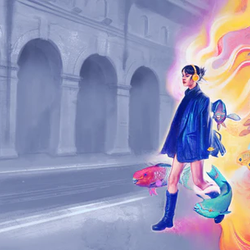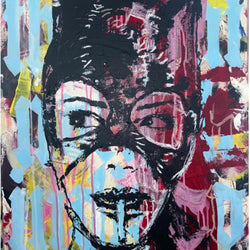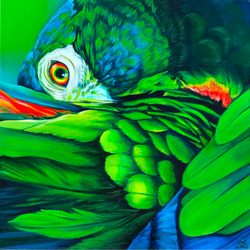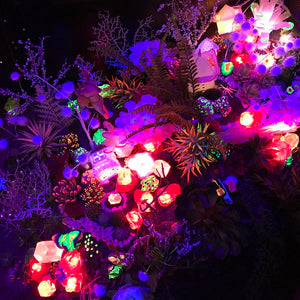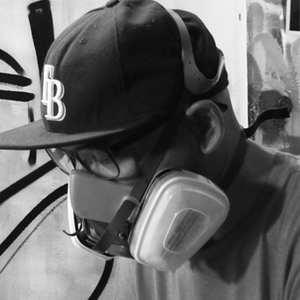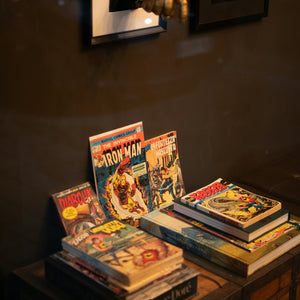From the Louvre to LOLCats: How Cat Memes Took Over the Art World
Published February 20, 2025
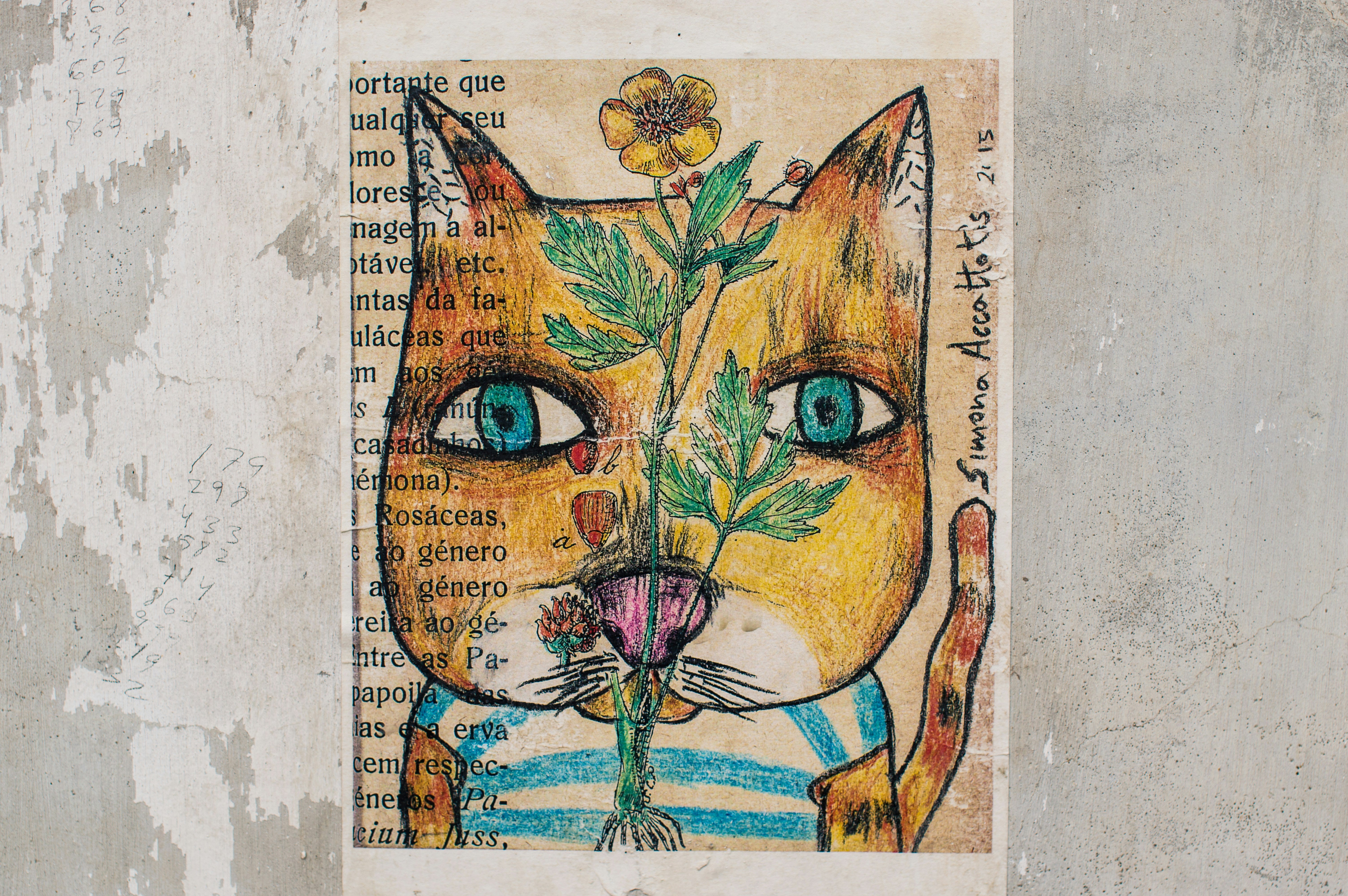
Photo by Uriel Soberanes
Discover how cats have transformed the art world, from Renaissance paintings to contemporary art criticism in the form of memes.
What do ancient Egyptian mythologies, Renaissance paintings, and internet memes have in common? The answer: Cats. Whether carved into temple walls or trending on Instagram, our feline companions have shaped art in ways both playful and profound.
From 9,500-year-old kitty cave paintings to the memes we see today, cats have had their paws on the art history pulse from the beginning, but why? Read on to find out.
The role of cats in art history
Cats have been an artistic staple from the beginning. We can trace some of their earliest appearances back to ancient Egypt, where cats weren’t just pets but symbols of power, protection, and divinity.
Japanese folklore and art, for instance, celebrate the Maneki-neko, the “beckoning cat,” which is thought to bring good fortune and prosperity.
By the Middle Ages in Europe, the cat's symbolic role took a darker turn. They became associated with witches and the occult, thought to be familiars or shape-shifters.
At times, feline mysticism translated to more whimsical and mischievous depictions of cats in Renaissance art (if only they’d ever figured out how to paint a cat’s face properly).
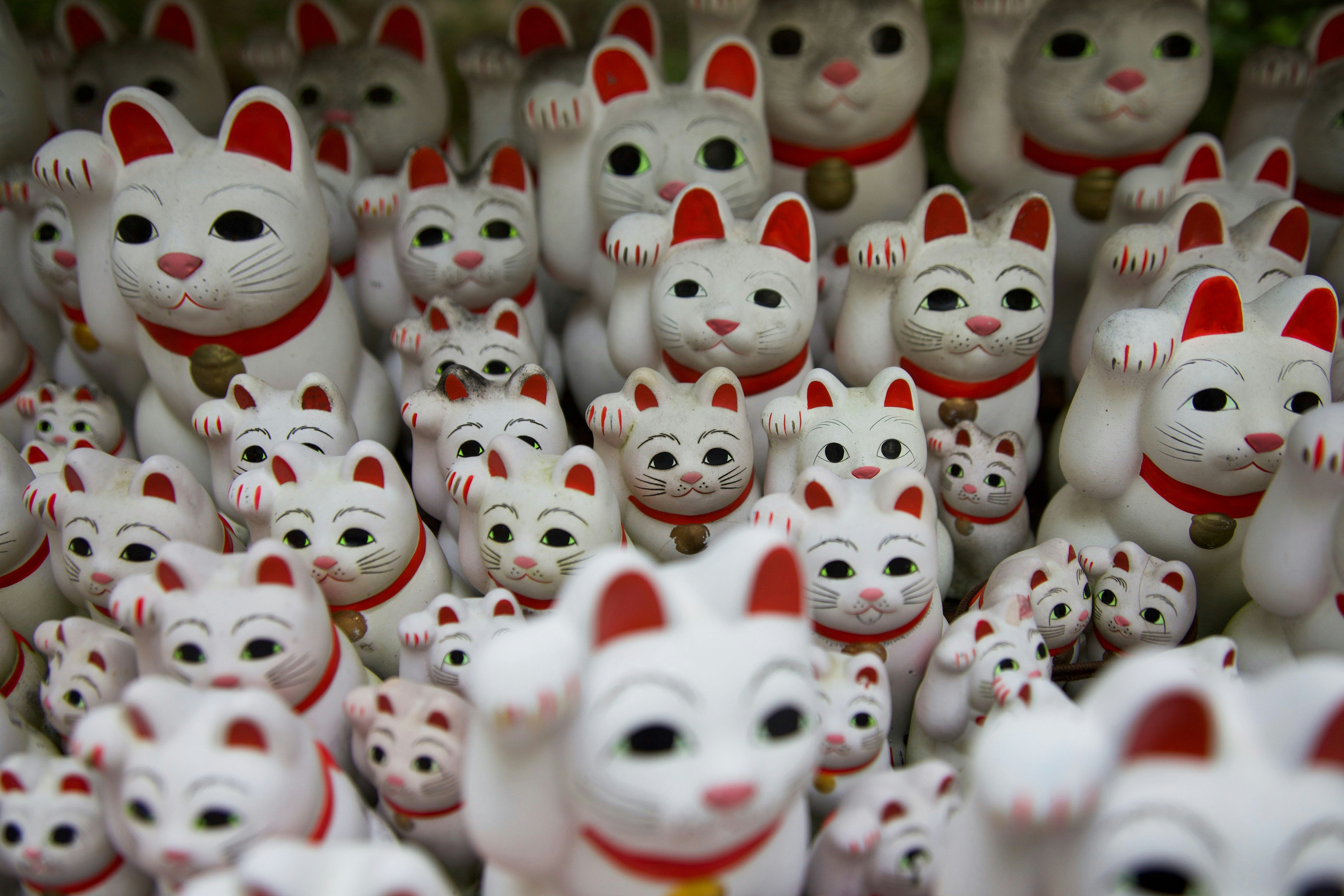
Photo by Jeison Higuita
From companions to counterparts
The role of cats in art reflects not just the changing views of the animal itself but also humanity's evolving relationship with spirituality, power, and personality.
During the Renaissance, cats showed up in paintings alongside their human counterparts, hinting at themes of temptation, independence, or unpredictability.
Contemporary cats in art have taken on an even broader role, becoming more than just symbols and turning into human stand-ins.
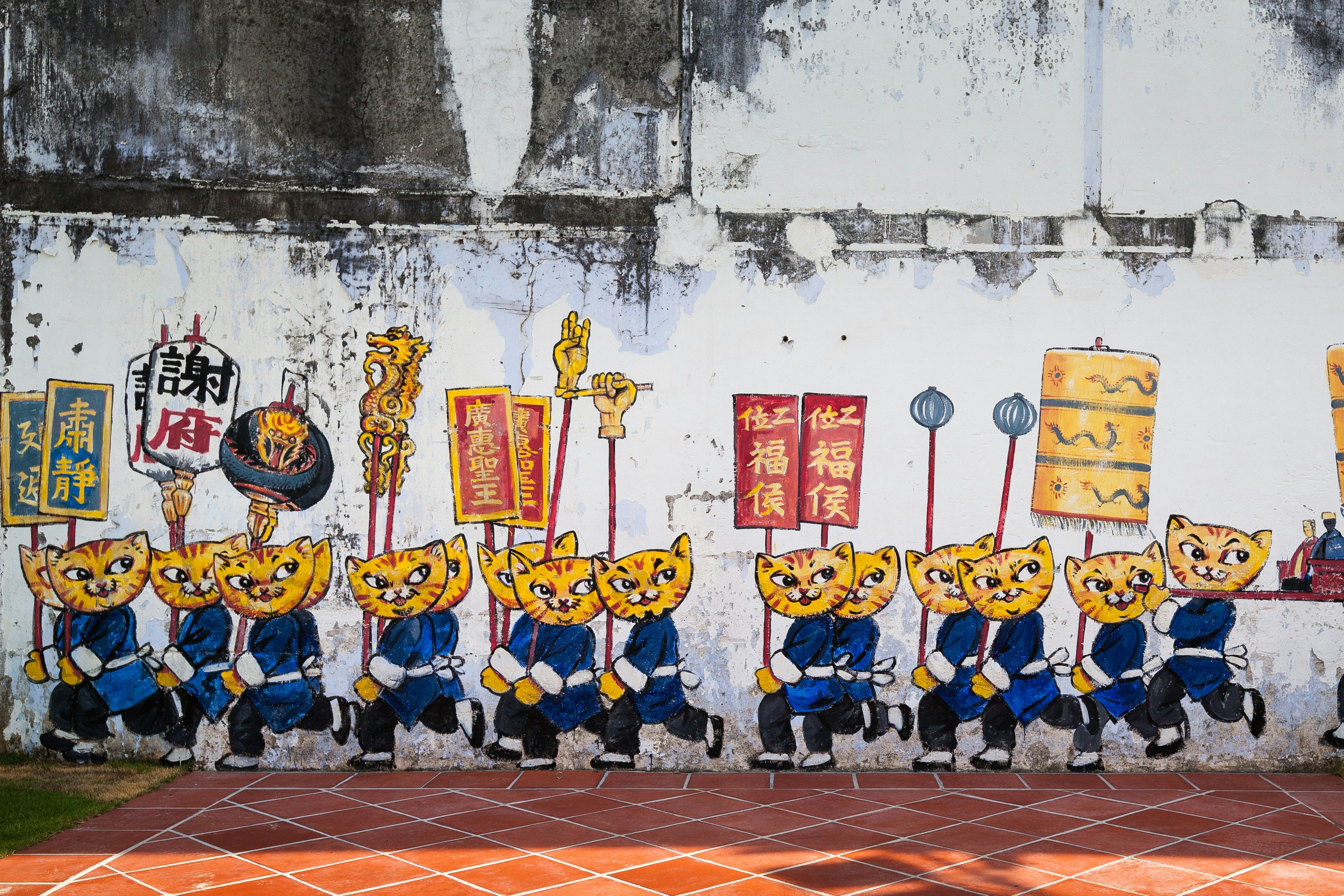
Photo by Yaopey Yong
How cats took over pop culture
Feline fascination has reached new heights in the last 50 years. Garfield has been around since the 1970s and quickly became a cultural icon, embodying human traits like cynicism, laziness, and a love for indulgence.
Fast forward to the internet age, and famous felines have taken over like never before. 2007 saw the rise of the LOLcat meme before Grumpy Cat frowned her way to the forefront of art news in 2012.
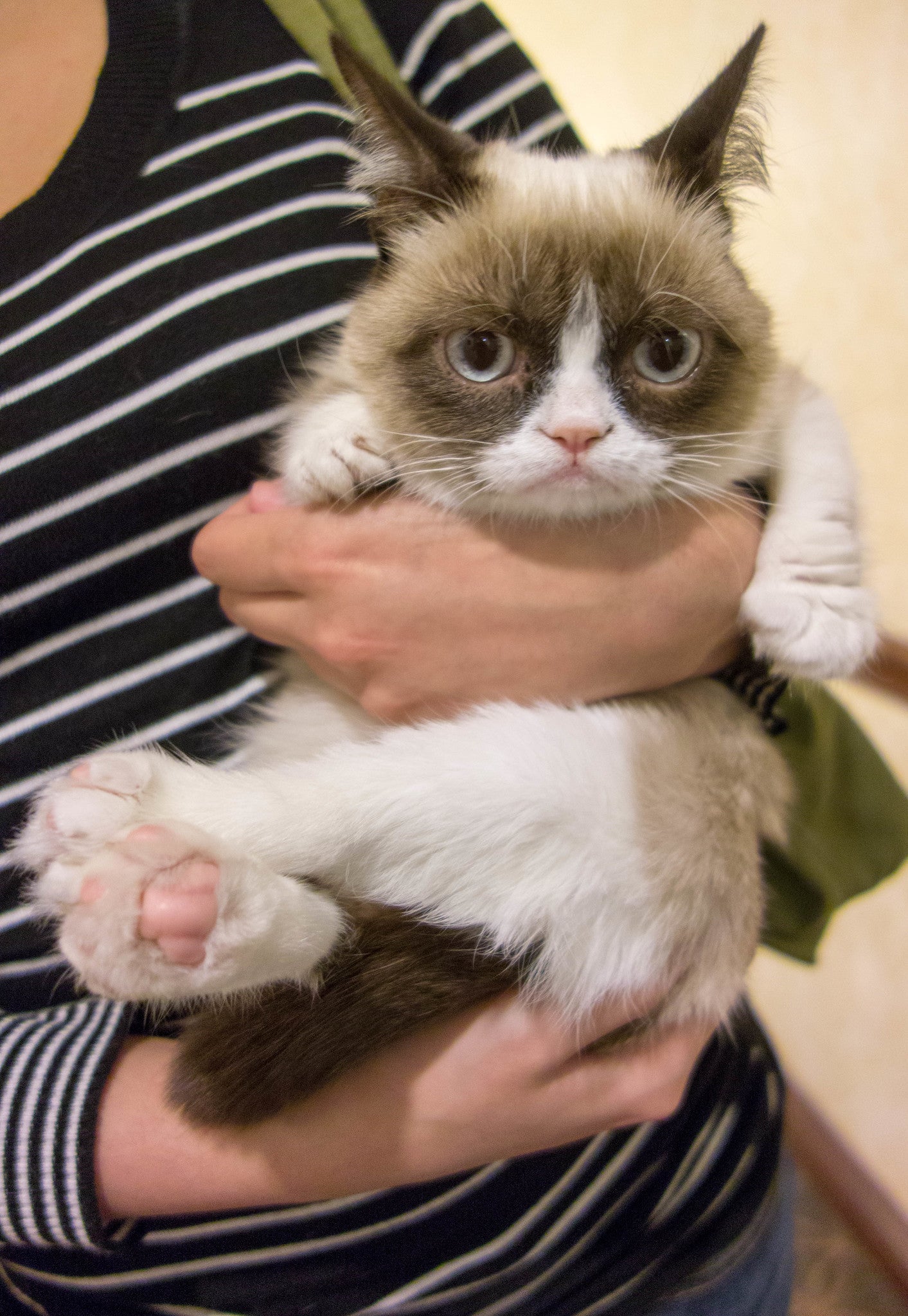
Smudge, the iconic “table cat,” became a meme sensation with his gremlin expression and the viral “Woman Yelling at a Cat” meme.
Maru is a YouTube star whose playful antics showcase the simple joys of cat life. Meanwhile, Lil Bub hit the scene with a face that seemed to say, “maybe those Renaissance artists actually had it right after all.”
The influence of the art meme
The internet’s obsession with cats is more than just entertainment. As digital memes have evolved, they’ve become more than viral jokes, entering the world of art and transforming how we engage with both contemporary and historical visuals.
Often, memes are art about art – critiquing, reinterpreting, and spreading artistic ideas while standing as an art form in their own right. A goofy Renaissance cat meme, for example, can distill complex ideas into a simple, relatable image as a cultural shorthand, making art more accessible through humor and subversion.
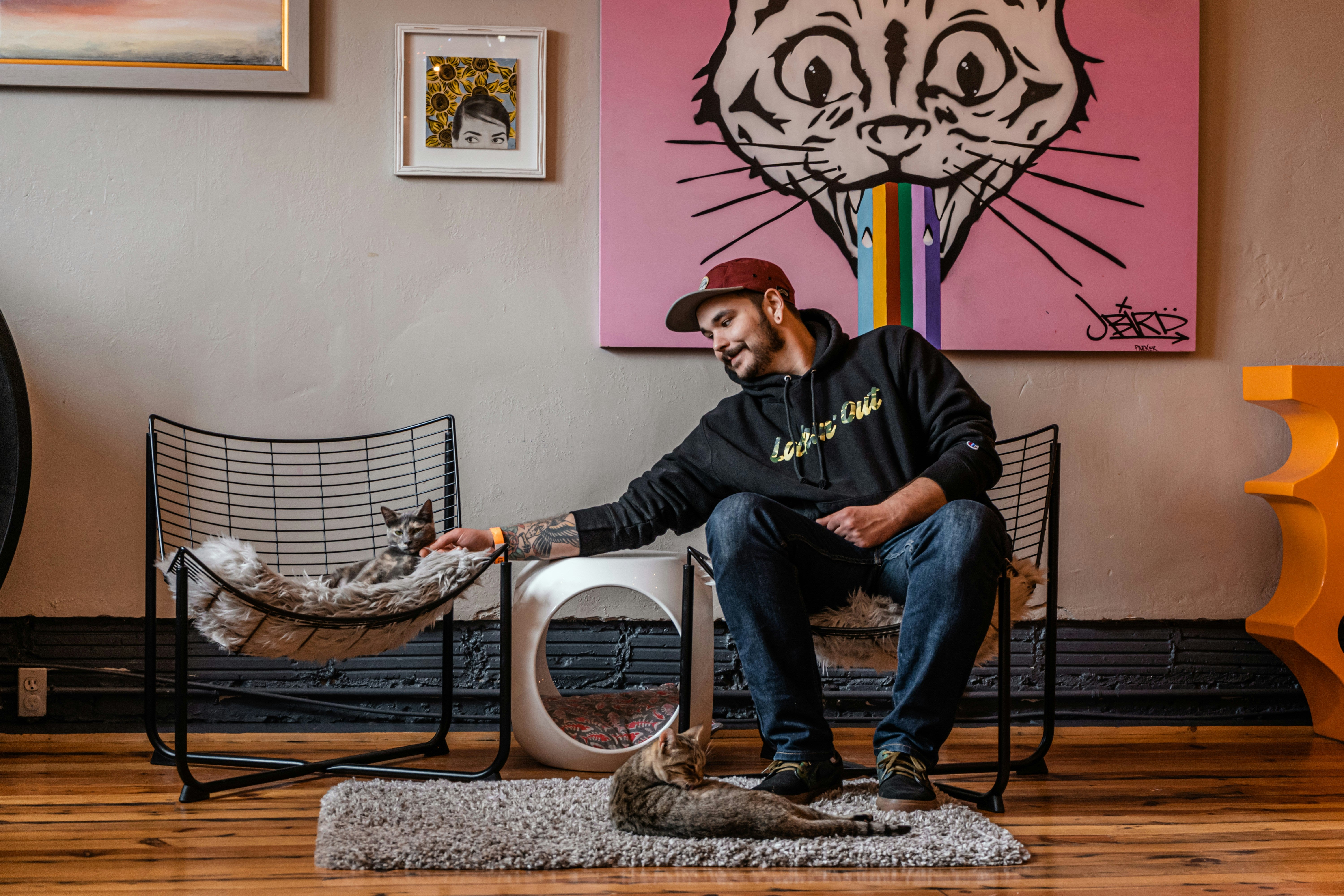
Photo by Camden & Hailey George
Meme iconography even appears in contemporary art. Artists like Daniel Arthur make the news in art circles for using classic media to depict modern memes. Some street artists even borrow and celebrate meme icons like Grumpy Cat. More recently, memes found their spot in another place normally reserved for classic media: the auction house. Memes made headlines on art news sites when the NFT craze saw some memes selling for thousands.
Memes democratize art. They’re shared, remixed, and reinterpreted by countless people, each bringing their own perspective. In this free exchange of ideas, memes blur the line between art creation and art consumption, making everyone who interacts with them an artist in their own way.
But... why cats?
Cats have captivated humans for millennia, appearing in religion, art, and now, memes. But what makes them such enduring muses?
One reason for their popularity taps into a deep psychological pull: cats look like babies. They have big, expressive eyes and small, round faces – features that mimic a baby’s and trigger a nurturing response in us. This “baby schema” makes us instinctively find cats – and depictions of them – cute, approachable, and a little irresistible.
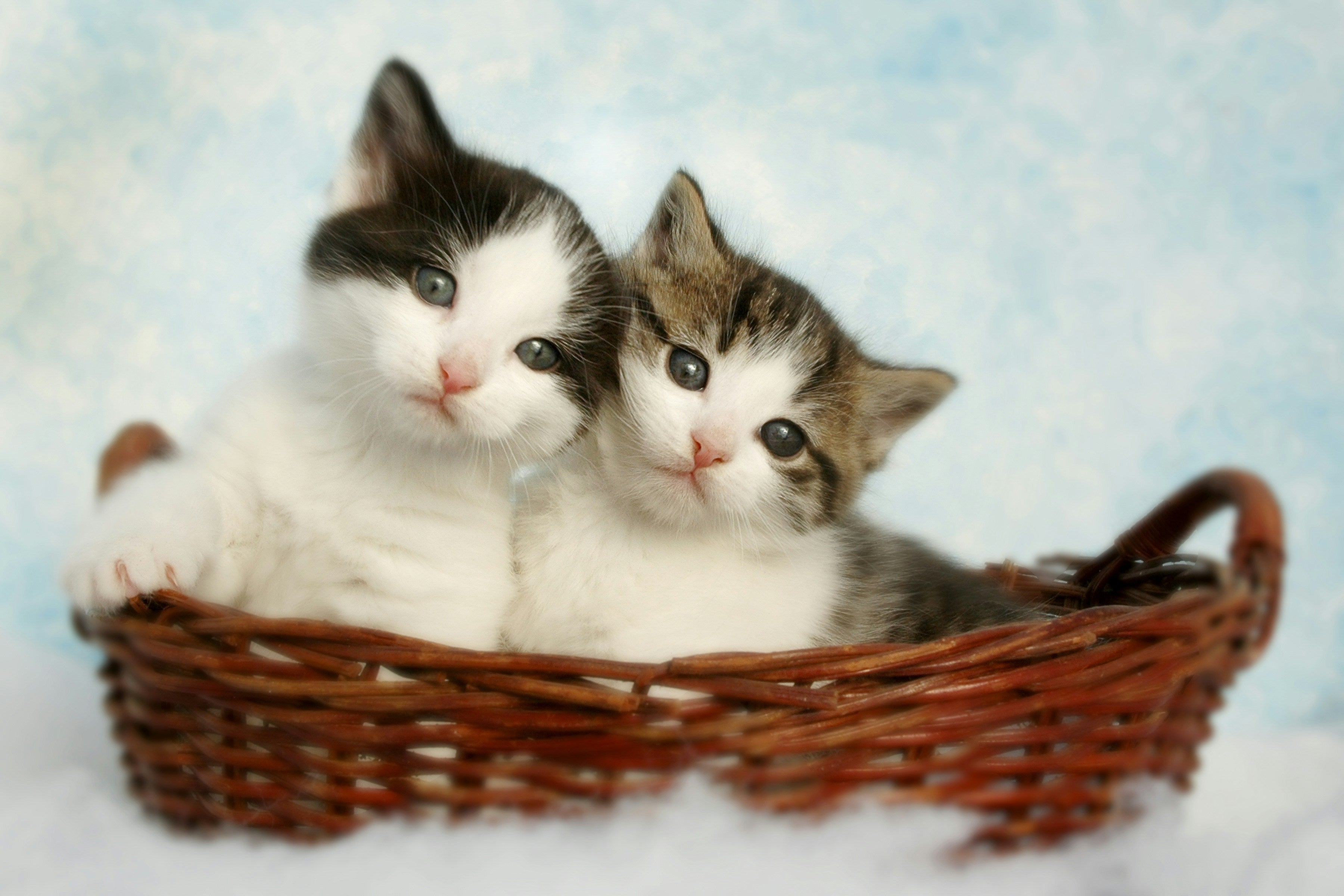
Photo by Amy Baugess
Beyond aesthetics, cats embody traits many people admire: they’re fiercely independent, selective with their affection, and a little mysterious.
In contemporary art and digital culture, cats have become caricatures of human emotion. We see ourselves in Smudge’s gremlin energy, in the unbothered stare of Maru, and in Grumpy Cat’s eternal dissatisfaction. They don’t just symbolize qualities we admire – they reflect who we are, or at least, who we’d like to be: adorable, independent, and unapologetically ourselves.
Follow us on our Instagram (@creatorcollective.art) for our Friday Art Memes series.


